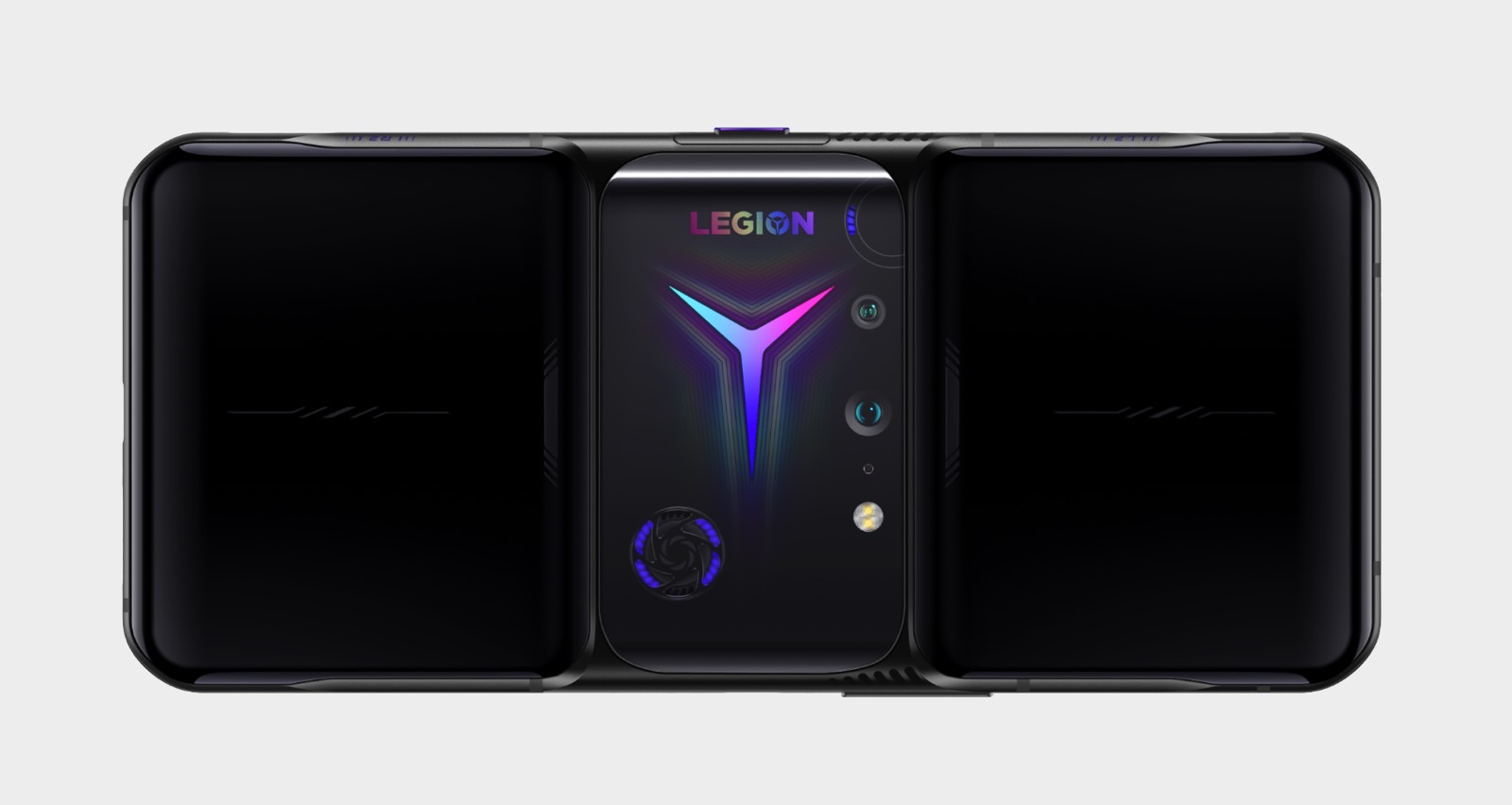In 2022, the Juice satellite will be launched for Jupiter and its worlds. This mission, unprecedented for Europe, will face the worst environmental conditions in the Solar System. Temperatures, radiations, magnetic fields. Find out how Airbus designed this satellite and what innovations are on board to withstand this environment without degrading the proper functioning or performance of the instruments. Explanations from Cyril Cavel, head of the Juice program at Airbus.
Explore the interviews of researchers, photographers, travelers witnesses of a changing world under the yoke of global warming.
The probe Juice ( JUpiter ICy moons Explorer mission ), built by Airbus and developed for the European Space Agency ( ESA ), arrived this summer in Toulouse. It will remain there for its final assembly and for its test campaign at the Airbus satellite integration center before being then shipped to Kourou in French Guiana from where it will be launched on Ariane 5 . The first category L mission of ESA’s “Cosmic Vision 2015-2025” program, Juice will be launched on August 25, 2022 and will reach Jupiter in 2031.
The mission will be mainly devoted to the study of the Jupiter system as archetype des gas giants . She will examine the system jovien as a whole with a particular focus on three of the four moons Galilean which shelter oceans (Europe, Ganymede and Callisto ) under their icy surface. The probe will carry a panel of ten instruments provided by scientific teams from fifteen European countries, Japan and the United States (due to the participation of the Nasa to the project). Among the instruments present: cameras, spectrometers , particle analyzers, a radio science system, an altimeter laser , magnetometers and a radar capable of probing the surface of the moons to a depth of several kilometers, which will shed new light on the geological structures of these worlds with complex tectonics.
Airbus won the industrial project management contract for the probe in 2015. As Cyril Cavel, the program manager at Airbus, explains, “ Juice employs more than 1,000 people, mainly in Europe, but also all over the world ”. The company employs nearly 150 space engineers for the mission and “ coordinates a consortium of more than 80 companies ”. The main Airbus sites participating in the program are Toulouse, “ in charge of project management, engineering and operations known as AIT, that is ie assembly, integration and testing of the satellite ”, Friedrichshafen, Germany,“ which carries out the electrical engineering and contributes to the AIT of the satellite “as well as Madrid in Spain and Warsaw in Poland” respectively in charge of the satellite structure and cabling ”. In total, the cost of the program is around 1.5 billion euros, including the development of the probe, the launch, the cost of the ground segment and operations, and that of the scientific instruments financed by the national agencies.
Unprecedented autonomy for a scientific satellite
Toulouse also produces the ” flight software (the
brain of the satellite in a way), in particular the algorithms of navigation, of attitude and orbit ”. Because of the distances which separate us from Jupiter, “ certain critical phases of the mission cannot be controlled in real time, in particular the two most important insertion maneuvers orbital ”. The first will take place at the end of the cruise phase, for the arrival in the Jovian system, in order to enter the gravitational field of the giant planet . “ From a duration of about three hours, this maneuver will consume a lot of ‘propellants ” . As for the second insertion maneuver, it will be carried out after 2.5 years of overview of the different moons for the orbiting of the probe around from Ganymede, 500 kilometers above sea level. Juice will therefore have a autonomy of unprecedented navigation for a scientific satellite, which will allow it to “ make decisions on your own and detect failures, analyze them and reconfigure yourself if necessary ”.
Juice will evolve in the region of solar system where some of the worst environmental conditions exist. These are characterized by very low temperatures, due to the remoteness of the planet from the Sun , by a very high level of radiation as well as a powerful magnetic field emitted by Jupiter. Airbus has therefore designed a “ mission-specific satellite which will withstand these constraints with an unprecedented level of electromagnetic cleanliness” . Juice’s platform is similar to that of a telecommunications satellite because it must carry a large quantity of propellants . The satellite is therefore built “ around
‘ a central cylinder with two tanks d ‘ propellants ”. Of a mass at launch of about 6 tons, it is in the form of a parallelepiped of 4 mx 3 mx 3 m and, once unfolded, its wingspan is close to 30 meters.
Prevent the satellite from emitting its own electromagnetic fields
The satellite therefore carries many complex innovations to design and test!
“ Electromagnetic cleanliness is a constant challenge. ” You should know that the instruments concerned are designed to “ take measurements of only a few pico tesla so that it is imperative that the satellite does not disturb the measurements ”. However, many systems and equipment are likely to emit electric fields and magnetic. It was therefore “ n necessary to adapt the design of this equipment and of the satellite, and sometimes to implement certain shielding techniques so that the levels received are as low as possible
”. Finally, some instruments have been installed at the end of a 12-meter deployable arm precisely to avoid any risk of interference .
“
Electromagnetic cleanliness is a constant challenge
Another strong point of the satellite, solar panels. Although away from the Sun, Juice will not use generator radioisotope thermoelectric (RTG), such as the American Cassini and New Horizons probes or the rover Perseverance. Although mastered, this technology has not been developed in Europe for space applications. Result: two “ huge solar panels in the shape of a cross inherited from Alphabus “. Covering an area of 85 m², these solar panels were adapted to the constraints of the mission and “ reinforced with ‘ a mechanical point of view to resist the very strong accelerations undergone during the putting into orbit around Jupiter ”.
For this mission, the performance of the launcher forced the satellite to perform “ several gravitational assistance to join the Jovian system ”. A 9-year journey awaits the probe to accelerate its speed , in passing around the inner planets of the Solar System (Mars, Earth and Venus ) because “ despite the power of Ariane 5 , the European launcher does not have the power necessary to put the probe on a direct trajectory towards Jupiter
”. If the satellite will spend most of its time in the cold, “ at plus or minus -200 ° in the environment of Jupiter ”, when passing near Venus, Juice will be“ exposed to temperatures up to 230 ° ”. To optimize the design of the probe, “the flight path has been calculated so that only one side is exposed to these high temperatures that we will protect with the high gain antenna which will act as a shield ”! This “umbrella antenna” was designed taking this constraint into account. She is capable ” to absorb and evacuate the heat without this degrading its performances ”.
Until his transfer to Guyana, there is still work to be done. The satellite is now open in order “ to install the latest flight equipment and those that need to be modified ”. Environmental tests (EMC, mechanical, thermal vacuum) will follow to ensure that the satellite is “ fit for flight and provides the expected performance around Jupiter ”. The propulsion system will also be “ tested under operational pressure conditions ”. Finally, the final functional tests will ensure that Juice “ still functions nominally after having undergone all the environmental tests, and that it will be able to interact with the ground segment throughout its mission
”.
The Juice probe will visit Jupiter and its moons in search of life Article from Rémy Decourt published on 04/01/2016
More than ten years after the end of the mission Galileo (in November 2003), exploration robotic of Jupiter and its worlds is revived.
A better knowledge of the Jovian system and the certainty that some of its larger moons contain large reservoirs of water liquid convinced the space agencies to send probes there. After Juno , launched in 2011 by NASA, the 2020s will see the launch of three other probes including the European Juice, which will be built by Airbus Defense and Space. The European Space Agency (Esa) and Airbus Defense and Space signed a 350 million euro contract for the development and construction of the Juice satellite ( JUpiter ICy moons Explorer ).
This first major mission of the “Cosmic Vision” program of Esa “will be launched in 2022 by an Ariane 5 launcher and will reach Jupiter in 2030” , explains Vincent Poinsignon, director of Juice program at Airbus Defense and Space.
First Esa mission to Jupiter , Juice will also be the Agency’s interplanetary mission that will go the furthest in the solar system. It is based on the central theme of the emergence of habitable worlds around gas giants. The mission will be mainly devoted to the study of the Jupiter system as that archetype of gas giants. She will examine the Jovian system as a whole with a particular focus on three of the four Galilean ice moons that potentially harbor oceans (Europe, Ganymède et Callisto).
For this, it will carry a panel of ten instruments provided by scientific teams from 15 European countries, Japan and the United States (due to NASA’s participation in the project). Among the instruments planned on the probe: cameras, spectrometers, a laser altimeter, a magnetometer and a radar capable of probing the surface of the moons to a depth of several kilometers, which will provide new insight into the geological structures of these worlds at the complex tectonics .
To bring all these instruments around Jupiter, “we need a satellite which is able to evolve in a very severe environment, much more restrictive than around Venus, Mars and the Earth for example “, details Vincent Poinsignon. This environment is characterized by very low temperatures, due to the remoteness of the planet from the Sun and by a very high level of radiation. In this difficult environment, the satellite also requires very good performance “in particular as regards stability, magnetic cleanliness or production of energy ”.
A satellite specifically designed for mission This is why Airbus Defense and Space will have to design a “platform specific to this mission and not reuse or adapt an existing platform ” which, so as to avoid any disturbance of scientific instruments, “Will present an unprecedented level of magnetic cleanliness” . To this new platform will be added new technologies such as, for example, photovoltaic cells .
They are the subject of a very thorough characterization to take into account the environment of Jupiter, where the “solar power is around 50 watts by m 2 against 1,400 around the Earth ”. If, at the time of Rosetta , industry used silicon cells , today “we use much more efficient galium arsenide (AsGa) cells with a yield of 30% ”. Juice, indeed, although far from the Sun, will not use radioisotope thermoelectric generator (RTG), like the American Cassini probes and New Horizons or the Curiosity rover. “Although mastered, this technology has not been developed in Europe for space applications”,
recalls Vincent Poinsignon. In addition, Juice being a European program funded by ESA member states, which has the principle of developing the European space industry, it would have been inappropriate for the agency to finance non-European equipment. The mission can be carried out with a solar generator, provided it is large, very large, even. “But Rosetta showed that it was possible and absolutely not handicapping for the mission. “ In March 2004, date of launch of Rosetta , its generator was one of the largest ever built (67 m 2 ), that of Juice, with its 97 m 2 , will be “the largest ever for a European interplanetary mission”. Once in the Jovian system, the probe will perform more “about thirty overflights of these three moons
, which implies a system of autonomous navigation
on board the satellite to ensure a good trajectory during these overflights. ” As on Rosetta, this will also be one of the keys to the success of the mission. “The interest of this mission is its complexity that brings us to the limits of what is feasible.The main particularity of Juice is its electromagnetic cleanliness, which is essential for carrying out ultra-precise measurements in the environment of the magnetosphere of Jupiter with, as a result, the detection of liquid oceans under the surface of three moons. This justifies sharp and severe requirements, beyond what is measurable on Earth. “We have reached such a limit that we no longer know how to measure satellite performance on the ground, so that we measure and calibrate them in orbit, free from any disturbances generated by the terrestrial environment. »
Another particularity of the mission, the 5.5 tons of the satellite’s mass at launch, against a dry mass of only 2 tons. “The difference is explained by the large quantity of propellants on board the satellite. “ A large quantity justified by the profile of the mission which provides for “two important orbital insertion maneuvers ” :
As for the second maneuver of insertion, it will be carried out after 2.5 years of flying over the different moons for the “orbiting the probe around Ganymede , at an altitude of 500 kilometers ”.
Juice, a European mission
Juice is a mission with ambitious and exciting goals. This is the first time that a satellite will be put into orbit around a moon other than Earth’s. A trip between the two planets of 7.5 years, during which the satellite will benefit from gravitational assistance , to accelerate its speed, passing around the inner planets of Solar system (Mars, Earth and Venus) because ” despite the power of Ariadne 5 , the European launcher does not have the power necessary to put the probe on a direct trajectory towards Jupiter ”.
The Juice satellite will be designed under the responsibility of the Toulouse site of Airbus Defense and Space which will also carry out the software flight (the brain of the satellite in a way), including the navigation, altitude and orbit control algorithms. Due to the European dimension of the program and the geographical feedback imposed on all of Esa’s scientific programs, the equipment will be developed and manufactured across Europe in the factories of Airbus Defense and Space and in the 60 or so companies of the industrial consortium. The satellite will be assembled on the German site of Airbus Defense and Space then
tested in the various European test centers – including Estec (the technical center of Esa) , that of IABG, in Germany, for the magnetic tests, and finally Instepace, in France, for the tests of the propulsion system. The satellite will finally be back on the Toulouse site for the final functional tests before departure for the launch campaign in Kourou, Guyana.
Interested in what you just read?
Note: This article have been indexed to our site. We do not claim legitimacy, ownership or copyright of any of the content above. To see the article at original source Click Here













